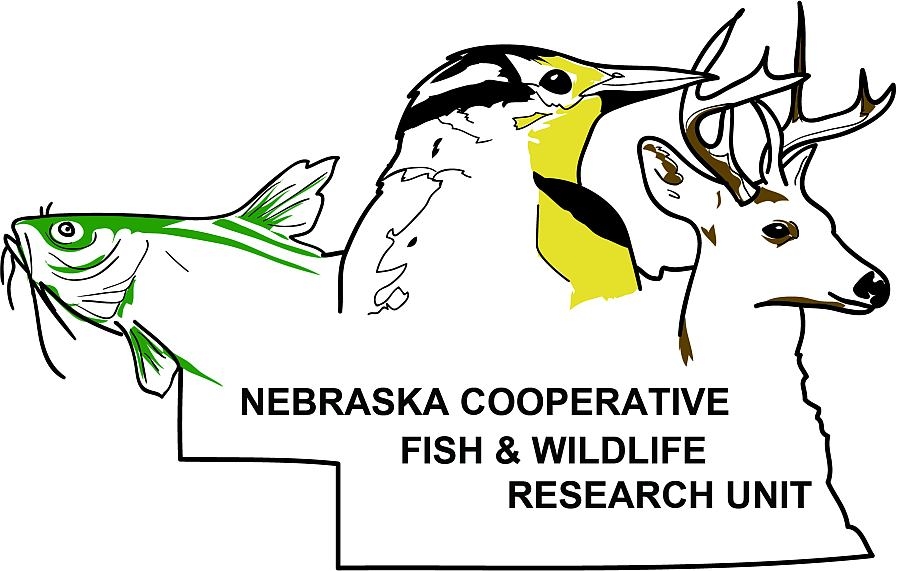
The Nebraska Cooperative Fish & Wildlife Research Unit celebrated its tenth anniversary on Sept. 30, 2014. The unit conducts natural resource management-related research, which currently focuses on the role that diversity plays in providing ecological functions.
"The landscapes of Nebraska are transforming, literally, in the form of loss of grasslands to agricultural and invasion by trees, and figuratively, in the form of reduced participation in activities such as fishing and hunting," said Craig Allen, unit leader. "Helping shape these changes such that we achieve a desirable future for Nebraska's natural resources will be a challenge in the next decade."
The national Cooperative Research Units Program is a collaboration among the federal government, universities, states and non-profit organizations. In 1935, the first Cooperative Research Unit was established in Ames, Iowa at Iowa State College (now Iowa State University). With the addition of the Nebraska unit in 2004, the program is now comprised of 40 units.
Within a decade, the Nebraska unit has secured $22 million in external funding and has published three books and more than 160 peer-reviewed articles.
In addition to its research functions, the unit also provides technical assistance across the state and mentors graduate students. Since 2004, 28 students have earned postgraduate degrees. The unit currently supports 22 graduate students.
"Our graduated master's and Ph.D. students are our biggest achievement," Allen said. "They represent the successful completion of research products and the fostering of another generation of natural resource professionals."
The Nebraska Cooperative Fish & Wildlife Research Unit is a partnership unique to the state, involving the university, the Nebraska Game and Parks Commission, the U.S. Geological Survey, the U.S. Fish & Wildlife Service and the Wildlife Management Institute.
— Mekita Rivas, Natural Resources